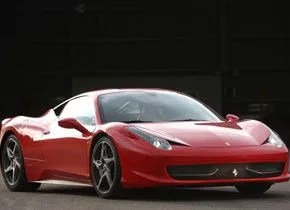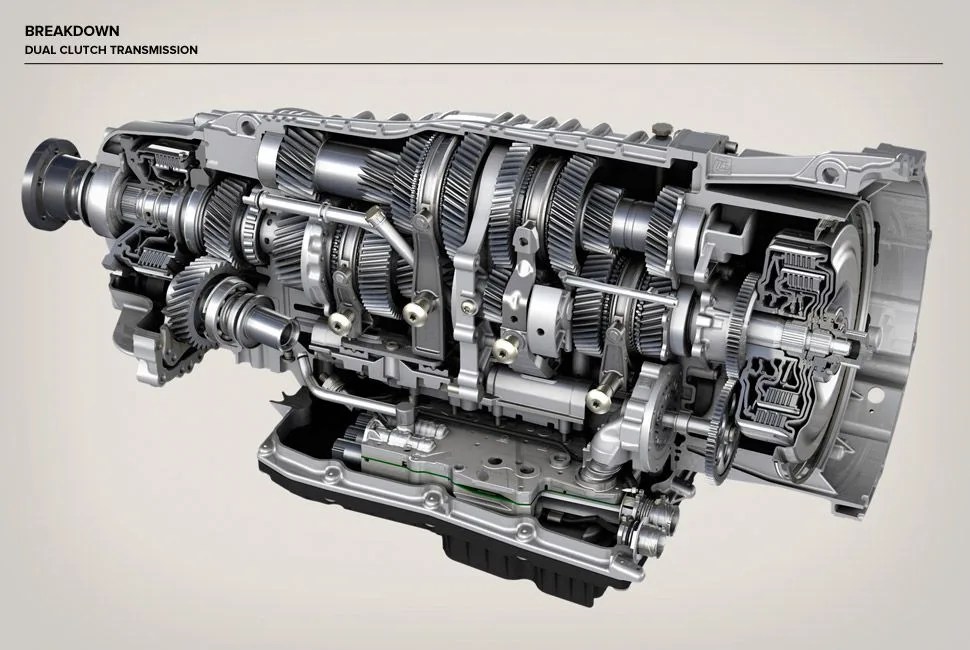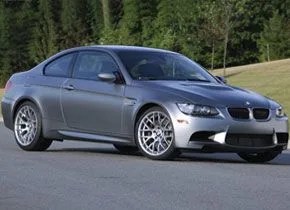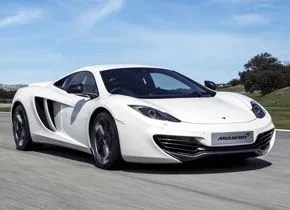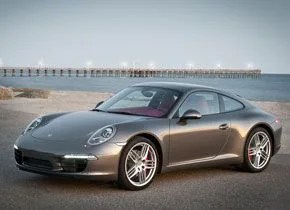Since General Motors introduced the first Hydra-Matic automatic some 70 years ago, the world has been divided between two types of drivers: those who push a clutch pedal and shift, and those who do not. But in a world where fuel economy takes up the majority of the automotive attention span, a third possibility looms: the dual-clutch transmission, or DCT. Learn to love it. Unless you’re just a passenger holding the steering wheel and pointing your two tons of SUV at Point B, DCTs represent the best hope for engaged, entertaining driving and reasonable fuel economy.
MORE TALES FROM THE TARMAC: Behind The Wheel: 2013 BMW M3 Lime Rock Park Edition | Steering by the Horns: Giro Lamborghini | Behind the Wheel: Star Motorcycles Bolt & Bolt R-Spec
Though the system is typically referred to interchangeably as an automated manual transmission or semi-manual automatic, neither of those descriptors is entirely accurate. There is a clutch, but no clutch pedal; it is an automatic, but it shifts gears internally, via a clutch, like a manual. What’s really happening inside the dual-clutch ’box is that two separate gear shafts (one for odd-numbered gears, one for the evens) are engaging and disengaging via two electro-hydraulically actuated clutches (thus the “dual clutch” designation). Ratios are computer-selected automatically depending on engine and vehicle speed, or manually chosen by the driver via a shift lever or steering-wheel-mounted shift paddles.
The big difference lies in the computerized robotic clutches, which handle all of the duties formerly the responsibility of the manual-transmission clutch operator (or the torque converter in a fluid automatic). This means no more heel-and-toe rev-matching on downshifts to smooth the transition from gear to gear, but also no constant, leg-wearying clutch pedal calisthenics in stop-and-go traffic. “Hooray!” say commuters who want the efficiency of a manual but hate having to push and release a clutch pedal a hundred times in a mile of traffic. “Sacrilege!” moan enthusiast-purists for whom the loss of a clutch pedal represents the elimination of yet another critical touch point in the man-machine interface.
Dual Clutch Cars We Love
Ferrari 458 Italia
